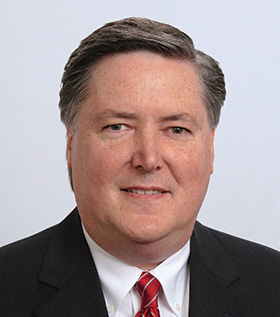Stakeholders work to open access to elevation

By Liz Beaulieu, Editor
Updated 11:02 AM CDT, Fri August 20, 2021
 WASHINGTON – Reps. Jim Langevin, D-R.I., and Don Young, R-Alaska., co-chairs of the Bipartisan Disabilities Caucus, sent a letter in July to Xavier Becerra, secretary of the Department of Health and Human Services, asking him to take the next step in increasing access to power seat elevation and power standing systems for Group 3 power wheelchairs.
WASHINGTON – Reps. Jim Langevin, D-R.I., and Don Young, R-Alaska., co-chairs of the Bipartisan Disabilities Caucus, sent a letter in July to Xavier Becerra, secretary of the Department of Health and Human Services, asking him to take the next step in increasing access to power seat elevation and power standing systems for Group 3 power wheelchairs.
Stakeholders are waiting for CMS to seek public comments on a request to reconsider the national coverage determination for mobility assistive equipment to include power seat elevation and power standing systems.
“They sent a detailed letter to Sec. Becerra saying, ‘Please, take the next step in the process,’” said Don Clayback, executive director of NCART. “Until that happens, everything is on hold.”
The ITEM Coalition submitted a request to reconsider the NCD in September.
NCART and the ITEM Coalition have been busy behind the scenes building a website that, when the NCD is opened up, will make it easy to submit comments and to get broad based support, especially from disability groups.
“There will also be a petition you can sign and other educational material available,” Clayback said. “It’s in place and ready to go.”
NCART and the Clinician Task Force are also making a case for increasing access to standing devices, with the publication in July of a document titled, “Evidence-Based Response to Insurance Denials of Standing Devices.” The document, which can be found on the NCART and CTF websites, provides guidance to policy makers and insurers on proper coverage of and funding for standing devices for children and adults.
“This is really aimed to be a useful document that people can take that’s easy to understand and that really highlights evidence,” said Cara Masselink, executive director of the CTF. “It doesn’t go into great depth because, what we’ve found is, a lot of the denials are not in-depth. They’re glossing over some of the literature and strong points that we feel need to be highlighted in the evidence base of standing devices.”
The document reviews, among other things, the medical benefits of standing and the reductions in health care costs from using standing devices.
Comments